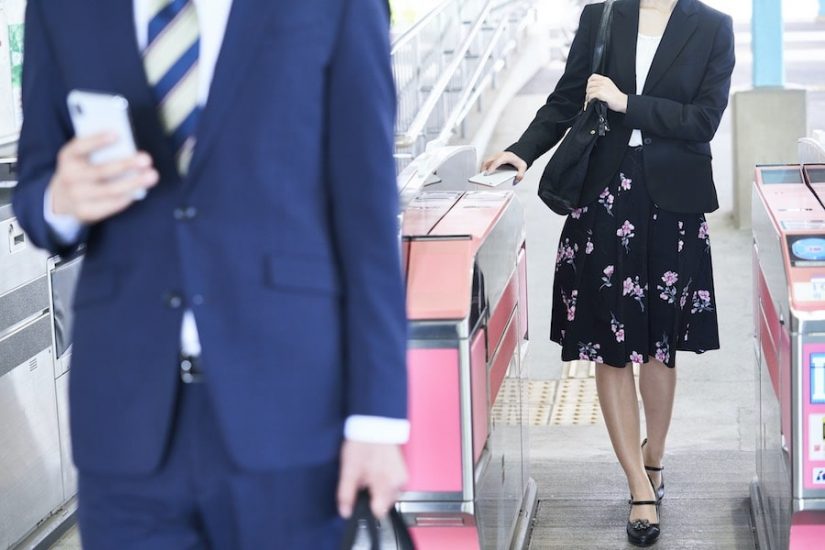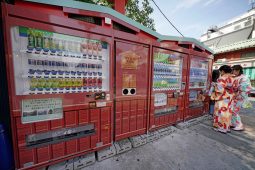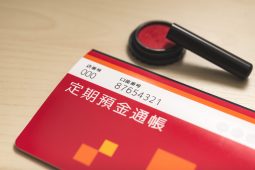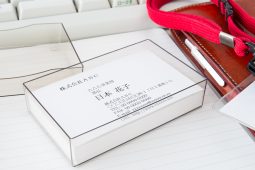In the current article we introduce the most common cashless payment methods available in Japan.
Compatible with Google Pay and Apple Pay, Suica is recommended
Despite the development of ICT, the high proportion of Japanese people with smartphones and the widening 4G network, there are often occasions when cashless payments, especially mobile payments, are not possible. In small shops and restaurants, and at stalls in business districts, of course credit cards and debit cards can’t be used, and only cash is acceptable.
However, in urban areas such as Tokyo and Osaka, where the majority of people travel by rail, the electronic money cards issued by railway and bus companies, known as “transit-type IC cards”, are making it possible to live without carrying cash. Whether traveling or working, if you live in Japan, this kind of transit-type electronic money that can be used on railways and in stores seems convenient.
Among them, Suica which is issued by East Japan Railway Company (JR East) is easy to use as it can be used all over the country, has a smartphone app, and is compatible with Google Pay and Apple Pay.
FeliCa is unavoidable in Japan
Suica is an IC card based on FeliCa, a near field communication (NFC) technology developed by Sony. Similar to Suica, there are a large number of transit-type electronic money cards such as Kitaca in Hokkaido, TOICA in the Tokai region, ICOCA in Kansai, and SUGOCA in Kyushu.
If you are unfamiliar with FeliCa, it is a contactless card technology specified as NFC Type-F, equivalent to the NFC Type-A/Type-B standards.Its big strength is the high speed of transmission processing between the card and reader which can be completed in just around 0.1 seconds, and its transmission speed can reach up to 847 kbps.
Furthermore, FeliCa can register the information of multiple applications on one IC. For example, on one smartphone equipped with FeliCa, not just Suica, but other electronic money applications such as nanaco, Edy, and WAON can be integrated and managed along with mobile membership cards such as the DOCOMO Bike Share service introduced in a previous article.
In this way, not only is FeliCa highly convenient, but its use has spread throughout the country, so that if you use contactless IC cards in Japan, you will inevitably use FeliCa. Having concluded that FeliCa is indispensable for sales in Japan, Google has made Pixel 3 FeliCa-compatible, and Apple has done the same for the iPhone 7, later iPhone models and for Apple Watch Series 2.
Suica can process 60 people per minute at railway ticket gates
FeliCa’s high speed is an essential specification for its use as a railway ticket. Shinjuku Station and Shibuya Station in Tokyo and Umeda Station in Osaka are some of the world’s most crowded stations used by several million people each day.Because so many people pass through the ticket gates, a high processing capability is required when electronic money is used as a ticket.
In the development stage of Suica, only 200 milliseconds was granted to complete the payment process once the IC card is held over the reader at the gate. Moreover, a prerequisite was established that 60 people per minute can pass through the ticket gates. FeliCa met these requirements and Suica became a reality. As a result, even during the morning and evening rush hours when users are most congested, payments can be completed without impeding the progress of those passing through the gates and without slowing their pace.
If you have a chance, go to a busy main station in Tokyo during commuting hours and watch the flow of people at the ticket gate. Surely you will be amazed by Suica’s wonderful processing speed, settling each payment in an instant.
A rapid increase in users leads to overheated competition in QR code payment services
While FeliCa-based electronic money payment systems have become commonplace in Japan, the situation has begun to change. The QR code payment system, which has been popular in such countries as China, has now also spread rapidly in Japan.
Unlike FeliCa, the QR code payment system does not require an IC card reader so it is low in installation costs and easy even for small shops to handle. The Japanese government’s policy of promoting cashless payments has also given it a boost.
The competition to acquire users among the companies operating such QR code payment services has become overheated with some launching cash-back campaigns totaling 10 billion yen. There is also a confusing variety of services on offer.
For consumers, differentiating between all the different QR code payment services is troublesome. Perhaps as a consequence, those QR code payment services that cannot increase their users will eventually disappear, and this variety will be reduced.








